iPhone 3G rocks Japanese smartphone market
Mobile providers in Japan are crediting the launch of Apple's iPhone 3G with dramatically shifting large numbers of subscribers between providers. The impact of the new phone is also answering critics who insisted the iPhone would find only limited interest in Japan.
According to the report "iPhone Affects KDDI's Net Subscription Growth," by Japanese tech business journal Tech-On, SoftBank Mobile, Apple's exclusive provider of the iPhone 3G in Japan, led other providers in the country in new mobile phone subscriptions, grabbing up 215,400, more than half of the 391,500 new activations in Japan during the month of July. "We believe our large net growth was an iPhone effect," SoftBank representatives said.
Rivals service provider KDDI agreed, noting that new cancelations related to customers' porting their numbers to another provider surpassed new incoming transfers for the first time ever in July. It too credited the iPhone 3G launch with the unusual shift. "We are accepting the fact, considering that our handsets weren't attractive enough," KDDI's PR group said.
Japan's Cultural Barriers
Many originally predicted that Apple's phone would flop in Japan, a market where phone hardware and mobile networks have long offered greater sophistication than other markets, and particularly when compared to the US. Apple's original iPhone could not be used in Japan because there is no 2G GSM service in the country; Japanese providers pioneered the deployment of advanced 3G mobile networks a decade ago, skipping the second generation entirely.
Other critics pointed out that the iPhone lacked a variety of culturally significant elements unique to the Japanese mobile market, including the ability to scan the QC barcodes that appear everywhere, inclusion of Sony's RFID-based "FeliCA" swipe chip for purchases (used by vending machines), and the capacity to enter Japanese characters, including "emoji," a popular new set of scores of pictographs (below) many people in the country consider essential in mobile messaging.Â
Differences in the Japanese market previously frustrated Apple's ability to increase Mac sales there, as many Japanese, particularly the youth demographic, now use smartphones in place of full sized computers. Microsoft has faced similar problems in trying to sell its Xbox game consoles in the country, where tastes in gaming software simply differ.
"Breakthrough" Internet device
The cultural barriers originally expected to hold back interest in the iPhone 3G have not been enough to overcome Apple's strong brand and the fascination with the iPhone's slick and pioneering interface. “Just the interface itself is enough reason for me to buy the iPhone," said Andrew Shuttleworth in a Macworld story exploring the iPhone's potential in the Japanese market.
Shuttleworth, described as "a long time Windows Mobile user," added, "the best thing about it is that I can get a full web surfing experience — something I’ve wanted for a long time." While Japanese phones have led the technology curve in a number of areas, Shuttleworth said the "Internet on Japanese mobile phones have been following the i-mode system ever since. It has hardly improved even when smart phones arrived in 2005, but I think the iPhone can change that.â€
The existing feature omissions on the iPhone appear to have little impact on its uptake among users. An AP article covering the iPhone 3G launch cited early adopter Kentaro Tohyama as noting that he would simply continue to also use his existing phone for emoji-laced messaging with friends, explaining, "I don't want my friends to think I'm this uncool, cold-hearted person."
From the makers of iPod
Another factor that has helped launch the iPhone 3G in Japan is that Apple's iPod is already wildly popular there. In addition to brand recognition, the Japanese market also seems to be attracted to Apple's simple, easy to use interfaces, which is not a strong point in other existing devices being sold in the Japanese market.
Sony's entrenched leadership in the MP3 market with its Walkman was eviscerated by Apple's far simpler to use iPod in Japan and worldwide, while the Sony Connect online store also couldn't even manage get off the ground even as iTunes grew exponentially. Ease of use and simplicity were major reasons why Apple cleaned up the music player market.
Similarly, while Japanese phones are revered for their exceptional hardware styling and features, they also sport complex menus that are difficult to navigate and services that are often impractical to use, leaving many of their pioneering features ignored. As one reader noted, "most phones in Japan felt like you're running Windows 98."Â
Another example is the TV playing "1Seg" feature that Japanese phone makers have been rushing to market. It is largely just impractical. One user described the feature as "a notorious battery gobbling monster. Fourty-five minutes of watching TV on the cell phone would kill the battery." Signal reception of the UHF system is also terrible when traveling faster than a brisk walk.
Apple has often received criticism for taking a unique approach to engineering that only tends to include features that are practical and usable rather than following the industry trend to layer on features thick to see which stick. On the iPhone, Apple has even erected limitations on third party developers, efforts that are intended to keep its products simple and reliable rather than full featured but complex and problematic.Â
iPhone-induced globalization
Apple's exclusive partnership with SoftBank in Japan has also made it clear that significant numbers of users are willing to migrate to another provider to get the iPhone, a fact also reported by AT&T in the US, and O2 in the UK. That not only brings increased attention to the iPhone, but also enables Apple to negotiate favorable service agreements, market promotion deals, and custom support for differentiating features on the iPhone, including Visual Voicemail.
Conversely, Apple's launch successes in Japan and Europe should also help accelerate the adoption of technologies demanded in those markets to the US, which has long been a backwater of stagnant mobile technology. The iPhone 3G has already bolstered AT&T's support for developing its UMTS network here in the US.
Apple's universal product strategy, which seeks to sell the same products globally rather than develop custom devices tailored to each market, has also brought international keyboard support (including Chinese handwritten input) to American users. It will likely also result in the import of Japan's QC barcodes and could possibly result in a wireless payment system similar to Sony's FeliCA. The iPhone's universal Apps Store should also facilitate in an influx of international software, which in turn will help Apple in its push to enter enterprise markets worldwide.
 Prince McLean
Prince McLean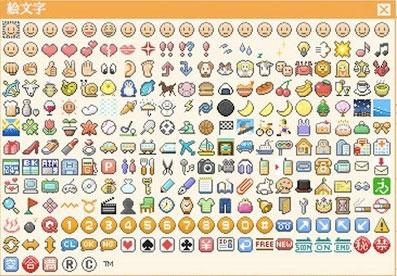
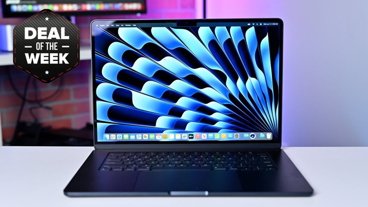












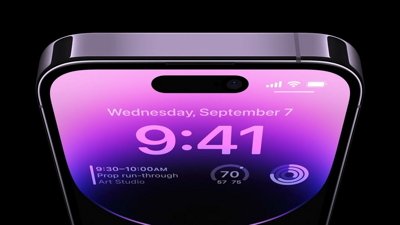
 Charles Martin
Charles Martin
 William Gallagher
William Gallagher
 Andrew Orr
Andrew Orr
 Malcolm Owen
Malcolm Owen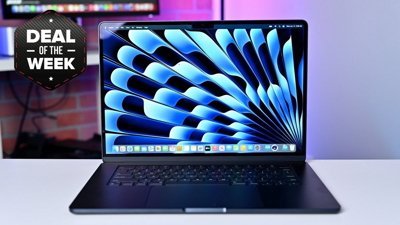
 Christine McKee
Christine McKee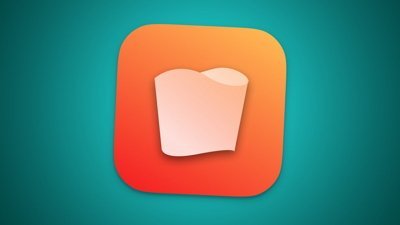
 Chip Loder
Chip Loder
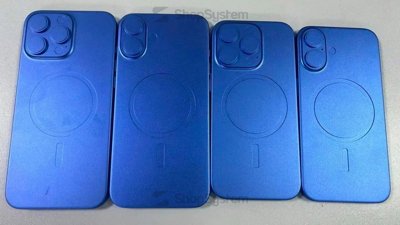
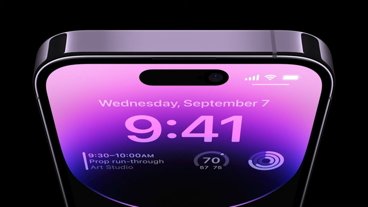







125 Comments
It gets tiring hearing from a very few people who tell us that they "know" how badly the iPhone is doing in their countries.
I doubt they know much of anything when it comes to phones. It's also possible that they say this to try to make it SEEM as though the product is doing poorly, when it obviously isn't. What their problem is, I don't know.
This isn't the first report that shows the iPhone is doing well in Japan.
It gets tiring hearing from a very few people who tell us that they "know" how badly the iPhone is doing in their countries.
I doubt they know much of anything when it comes to phones. It's also possible that they say this to try to make it SEEM as though the product is doing poorly, when it obviously isn't. What their problem ism I don't know.
This isn't the first report that shows the iPhone is doing well in Japan.
Yeah I know, I get sick of the people who all claim the all other manufactures are about to close down as Apple has sold 10 million phones in an market of 1.15 billion
Yeah I know, I get sick of the people who all claim the all other manufactures are about to close down as Apple has sold 10 million phones in an market of 1.15 billion
That's the opposite absurdity.
Neither is true.
That's the opposite absurdity.
Neither is true.
Well the current mobile phone sales figures are around 1.15 billion per year.
Apple fans are constantly dooming all other mobile manufactures.
The only one left is Apple has sold 10 million phones, so is this the incorrect one?
Is the iPhone the biggest leap forward in phones this century?
Now that we've sorted that out, no one's talking about driving competitors out of business. Just giving the whole industry a much needed kick up the backside and getting progress back in order.Great article as always Prince Dan.
The AppStore may well put an end to the trouble with those mysterious smiley symbols. Indeed, the only limit on the iPhone is developers and Apple's imagination. Unlike the now obsolete generation of hardware it's up against.
Looking forward to seeing what Japan's handset makers do next. They're the closest thing Apple have to a direct rival besides RIM.